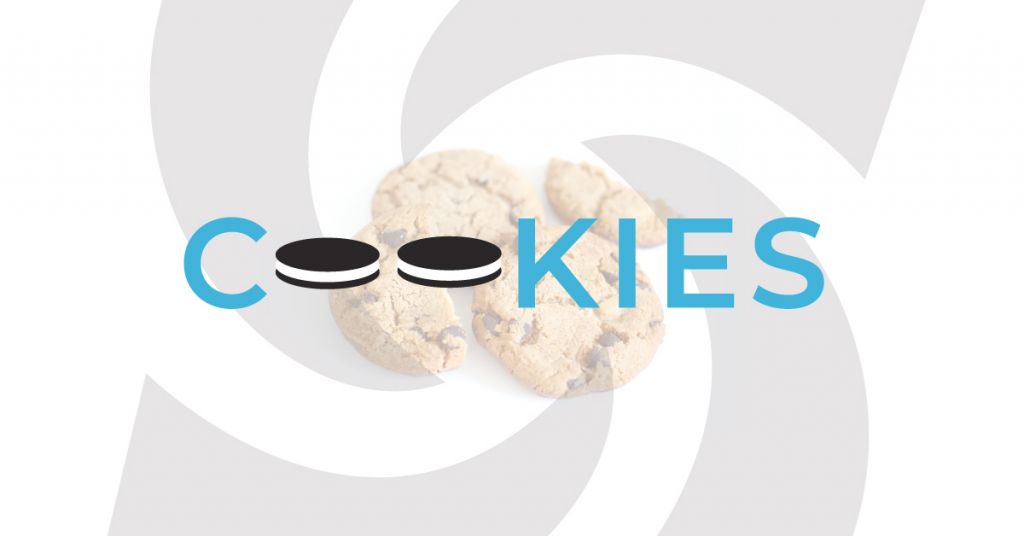Cookies are the crunchy goodness that powers a fast Internet experience. They also help us to collect data for ad targeting, metrics processing, and consumer behavior.
We know they exist. Some people proactively delete them, or they don’t let their device offer storage for them. For the most part, they stay in the background for the average person while providing crucial marketing and optimization benefits.
That process is changing. Third-party cookies are getting phased out by Google by 2022 for users operating Chrome.
Why Is Google Ditching Third-Party Cookies?

The elimination of third-party cookies involves a single priority: privacy. Instead of using a blocker to stop this data collection effort, Google intends to prevent it from happening to Internet users.
People want control and transparency over how others get to use the data they generate. Unless the Internet ecosystem evolves to accommodate that desire, consumer demands will reduce overall traffic.
Fewer visitors to a website means lower numbers of conversion opportunities develop.
Safari and Firefox already took this step in 2013 by offering it as a default option, which means Google isn’t operating in unchartered waters. The company says that it wants to take 24 months to work with advertisers to transition businesses to the new format.
When Google implements this change with Chrome, it will be the most significant shift toward third-party cookie elimination in history. About half of all devices use the browser to access information.
How Many Cookies Are on a Device?

It didn’t take long for marketers to realize the value of third-party cookies. Some websites were setting readable data for over 100 domains as early as 2014.
The average website right now sets ten cookies. When you combine first- and third-party cookies, some sites can set over 800 of them today.
Most modern web browsers let you block third-party cookies already, including Chrome. You could do the same by following these three simple steps.
- Select the Chrome menu icon.
- Navigate to Settings, then Site Settings, and finally Cookies and Site Data.
- Choose to block third-party cookies.
If you delete the other cookies from your history, marketers and websites no longer have the information they want for tracking purposes.
The manual process is useful, but it can be frustrating for some consumers. That’s why Google plans to follow in the footsteps of Safari and Chrome, making it the default option to block third-party cookies.
What About People Who Want Third-Party Cookies?

Some consumers enjoy the convenience of third-party cookies. When advertisements pop-up based on their history or behaviors, it lets them discover new brands, products, and opportunities to make life better.
Firefox and Safari give consumers the option to enable third-party cookies if they don’t like their default settings. Chrome includes navigation methodology to accomplish the same result.
- Go to your privacy settings.
- Find the menu option to change your cooking settings.
- Uncheck the default box that stops third-party cookies from getting blocked.
Third-party cookies offer more than marketing, advertising, or shopping benefits. Consumer behaviors personalize this stored data, helping people to access related videos, content, and entertainment options.
When offers get shown through the third-party cookie process, the experience is immediately relevant. Since 9 out of 10 Internet users say that irrelevant messaging is bothersome, this data creates a tailored online experience.
Digital Marketing Without Third-Party Cookies?

With Google phasing out third-party cookies, some concern exists for digital marketers that their processes could change.
Since Safari and Firefox already implemented this approach to data collection, a blueprint exists that anyone on Google can follow. Numerous companies are already using these alternatives.

IP Addresses
Device and network information gets conveyed from an individual’s IP address. Although it doesn’t offer cookie tracking, most people only change this information when purchasing a new router or computer. That means a repetitive visitor is a powerful signal from a digital marketing perspective. People don’t keep coming back to things that aren’t compelling to them in some way.

First-Party Cookies
People provide data to websites whenever they visit. Instead of relying on the third-party approach to information gathering, marketers can implement a first-party cookie strategy instead.
Although industry standardization for first-party methods would need to happen to maximize this alternative’s value, it is an answer about what to do without third-party cookies.

Fingerprinting
Digital marketers can use the IP address, plugins, fonts, and screen size to generate a specific ID that applies to each visitor. By applying each data point to website traffic, individualized profiles could be created to function similarly to third-party cookies.
What makes this option attractive for digital marketing is that manual prevention is virtually impossible. Notifications and special permissions are not required to pick up these small data pieces, although some browsers use noisy data shots to transmit false information.

CMS Data
If you’re already using CMS information for analytics, you’re probably using first-party cookies for your digital marketing already. Although the third-party approach may limit your diversification efforts, you gain access to track visitor preferences, settings, total visits, and essential demographic information.
Different content strategies, marketing campaigns, and outreach efforts can replicate most of the data that might be lost from phasing out third-party cookies.
What to Do Without Third-Party Cookies?

Preparing for a life without third-party cookies on Google may seem scary, but some proactive planning now can ensure you’re ready for 2022.
For established businesses, Google phasing out third-party cookies means a return to “normal” operations. Brands that use online advertising will go back to the pinpointed ads that were standard in the past. It won’t contain the hyper-targeting mechanisms, yet plenty of data still exists.
Some businesses may want to switch to email newsletters and advertising as an alternative to third-party cookies. People subscribe to content with value, which means any ads displayed within the message could be influential. American companies are already spending $350 million annually in this area.
Targeted advertising on social media is another option to consider. The tools found on Facebook, Twitter, and other sites allow for the hyper-targeting that gets lost with the removal of third-party cookies. It may take a little longer to navigate the setup process, but the results would likely be similar to today’s cookie methodology.
A final exciting option could involve enhanced retargeting. Instead of automatically launching ads based on website visits and consumer actions, brands could follow this more manual process to push goods or services that show interest in specific items.
Retargeting Alternatives

If you want to follow your audience around the web with your advertisements, it is time you re-evaluate your data collection strategy. Persistent Identities (PIDs) may be the new buzzword to pay attention to. PIDs work across multiple devices, unlike cookies. PIDs are created when a user logs in to a secure platform (think social media sites like Facebook, Twitter, and Instagram, Login Platforms, and Advertiser Marketplaces).
This is still a new technology, so be prepared for advancements, limitations, and changes to this functionality. Login platforms, advertiser marketplaces, social media giants, and even new technologies like IAB Technology Laboratory’s Project Rearc are popping up as replacements to third-party cookies. Which one will stand the test of time is yet to be determined.
Are You Ready for a World Without Third-Party Cookies?








